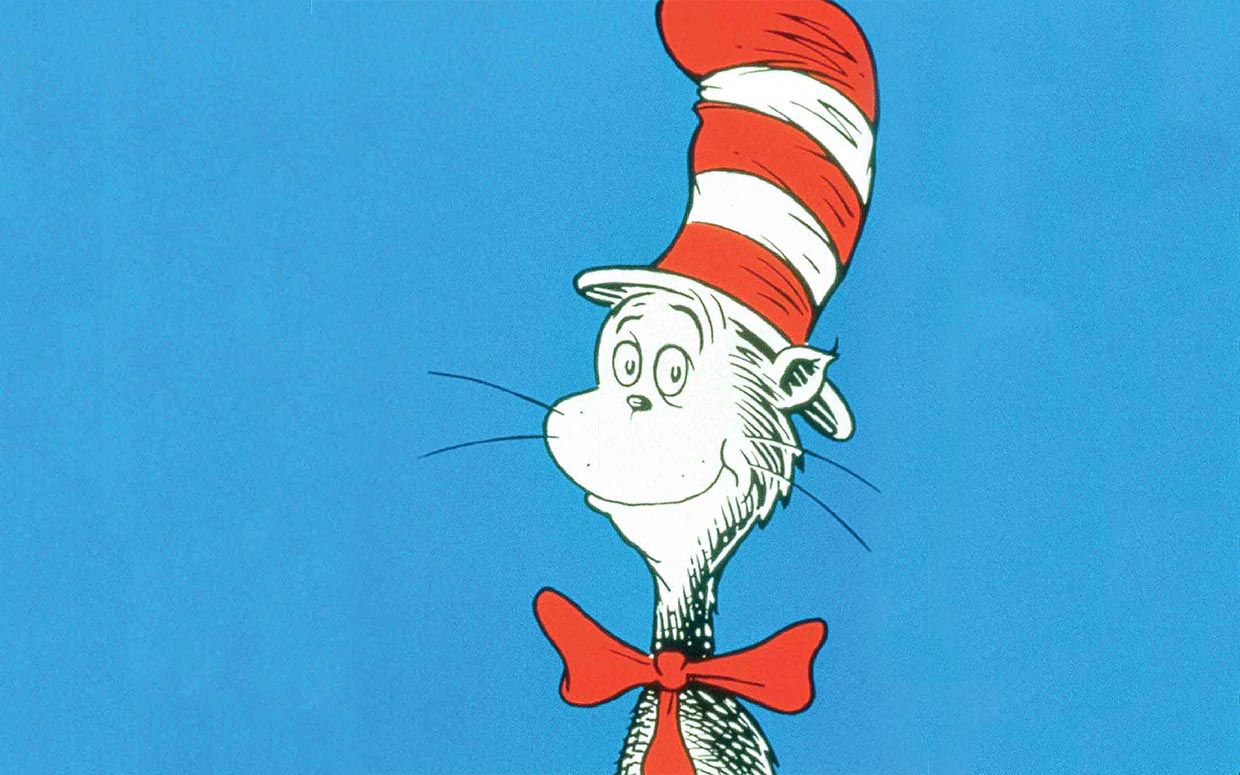On March 2, 1904, the world welcomed Theodor Seuss Geisel, best known as Dr. Seuss.
He authored and illustrated some of the popular children's books of all time, selling over 600 million copies and being translated into more than 20 languages by the time of his death.
Geisel died of oral cancer on September 24, 1991 at his home in La Jolla at the age of 87, but has received many honors after his passing and continues to be a household name.
A few fun facts to make your Thursday a little more relaxed. Forgive our rhyme, Dr. Seuss himself would have deemed it a crime:
Dr. Seuss was really a doctor
Theodor Seuss Geisel was awarded an honorary doctorate by his alma mater, Dartmouth, in 1956. He added the “Dr.” to his pen name because his father had always wanted him to practice medicine.
He didn’t always go by Seuss

Courtesy/Library of Congress
While the name Seuss (it was his mother’s maiden name),, he didn’t use it until he was in college. He began using it as a penname when he was caught with gin in his dorm room and was asked to step down as editor of a Dartmouth magazine. In order to continue working with the magazine, he used Seuss instead.
He drew cartoons for advertising campaigns
To support he and his family during the Great Depression, Seuss made money drawing cartoons for advertisements. He became a household name for his cartoons for an insecticide called Flit by coining the catchphrase “Quick, Henry, the Flit!” During his advertising career, Seuss drew cartoons for General Electric, NBC, Standard Oil, Narragansett Brewing Company and more. He also drew a short-lived Sunday comic strip called ‘Hejji.’

Dr. Seuss was the first to use the word “nerd"
The first recorded instance of the word “nerd” is in Seuss’ ‘If I Ran the Zoo’ published in 1950.

‘Cat in the Hat’ Turns 60 This Year
On March 12, 1957, 60 years ago, “Cat in the Hat" debuted. The human-like feline with the red bow tie and striped hat is synonymous with the Dr. Seuss brand.
There’s been "Cat in the Hat" TV specials, a major motion picture movie, an animated series, stage shows, and even a ride at the Universal theme park in Orlando.

By 1960, it had sold nearly a million copies and has been translated into more than 12 languages, including Latin.
Animated “How the Grinch Stole Christmas" was a team effort
Under the name Ted Geisel, Seuss teamed up with pal and ‘Looney Tunes’ legend Chuck Jones in 1966 for an animated adaptation of “How the Grinch Stole Christmas.’ A holiday classic now, the special wasn’t particularly well-received at the time of its debut. Variety dubbed it a costly flop. It began picking up steam and eventually has become a quintessential holiday film.

"Green Eggs and Ham" created over a bet
The founder and publisher of Random House, Bennett Cerf, bet Dr. Seuss $50 that he couldn’t write a children’s book using just 50 words. So he did, and it was “Green Eggs and Ham.”
